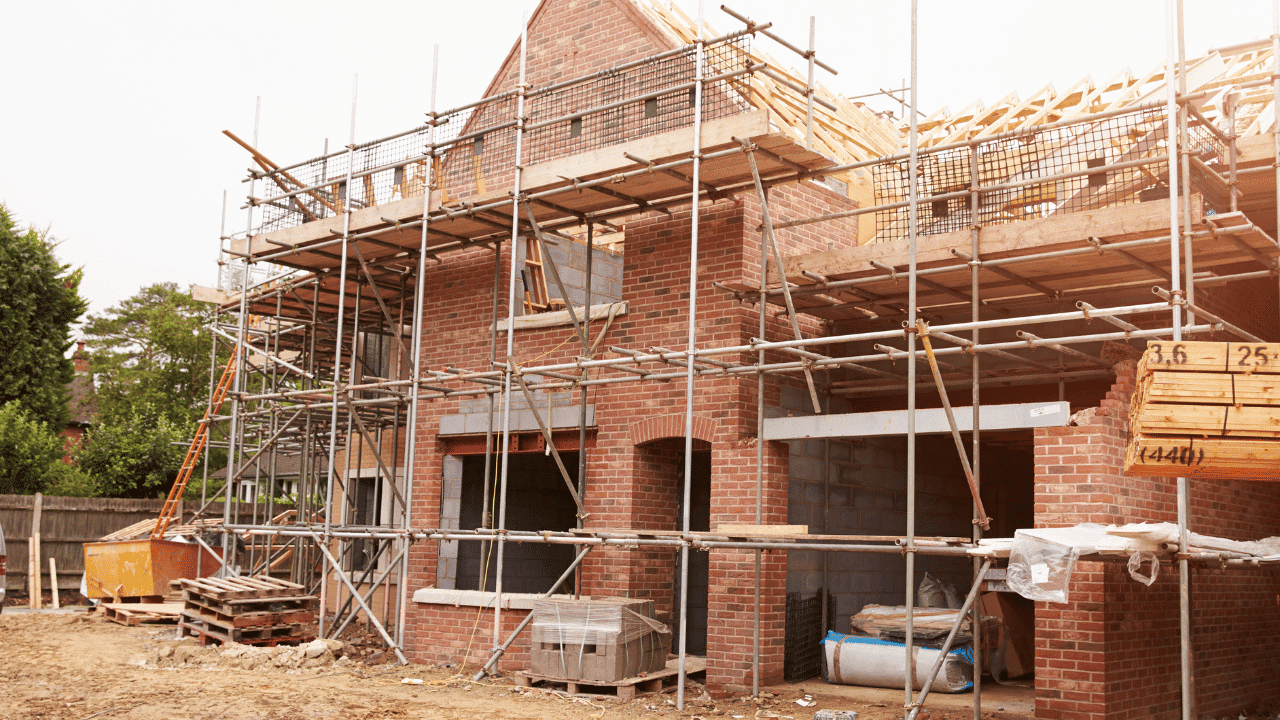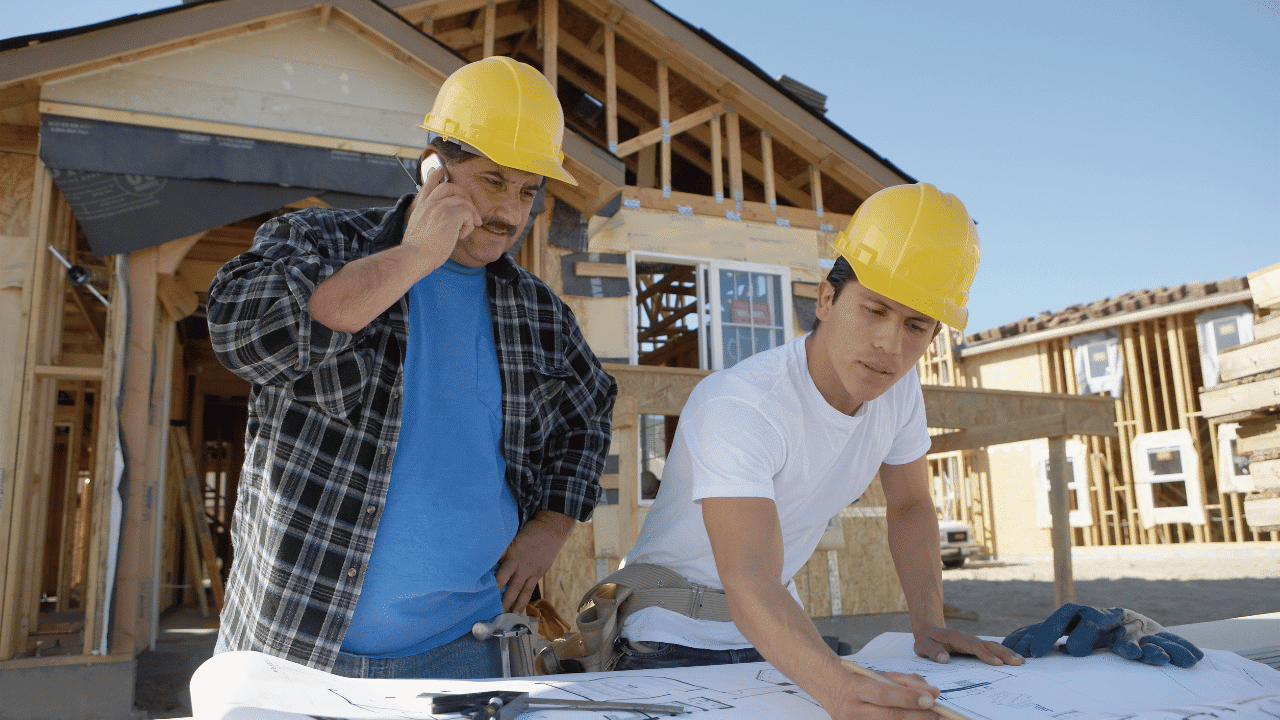Last Updated on September 7, 2023 by Pro Handyman Australia – Editorial Team
Embarking on the journey to construct your dream home can be both exhilarating and daunting. While the excitement of seeing your vision come to life is incomparable, the looming costs can often cast a shadow over the experience. But what if you could strike a balance? What if your dream home didn’t have to come with a nightmarish bill? Crafting a house that mirrors your aspirations while staying within financial bounds is more achievable than you might think. Dive in as we unfold a plethora of practical tips that will guide you in building your dream haven, all while keeping a keen eye on your budget.
7 Tips to build your house within your budget

- Evaluating Plot Costs: Look Beyond the Initial Price. The least expensive plots might seem appealing, but unforeseen costs can add up. If contractors need to excavate the land, remove vegetation, or implement extended drainage solutions, the total cost might surpass your expectations. Additionally, consider the expenses of connecting utilities. Opt for plots that already have easy access to essential services like electricity, gas, and water to avoid incurring additional costs.
- Opting for Simplified Floor Plans. A design’s complexity can directly influence construction costs. Simple, geometric shapes, such as rectangles or squares, are typically more affordable and efficient to build. Additionally, it’s wise to avoid intricate roof designs, as they can further complicate and raise the cost of construction.
- The Economics of Building Size. While a large house might seem cost-effective when evaluated on a per-square-foot basis, it’s essential to remember that smaller homes are often more affordable to both build and maintain in the long run.
- Maximizing Space with Vertical Construction. Contrary to popular belief, building upwards can be a cost-saving strategy. Instead of a sprawling single-storey design, consider a two or three-storey structure. By going vertical, you maintain the desired living space while reducing costs on foundational and roofing materials. Moreover, multi-storey homes typically offer more economical solutions for plumbing and ventilation.
- Innovative Cabinet Solutions. While solid wood cabinets exude luxury, there are alternative, cost-effective ways to infuse elegance into spaces like kitchens and bathrooms. Consider modern designs like open shelving or stainless-steel cabinets paired with frosted glass doors as stylish yet affordable alternatives.
- Embracing Recycled Materials. Utilizing recycled materials can be both an eco-friendly and budget-friendly choice. Materials such as bamboo, sawdust, cement composites, and recycled steel are excellent alternatives to consider. Additionally, exploring stores that offer second-hand construction materials can yield high-quality finds at a fraction of the price.
- Balancing Priorities: Quality Over Aesthetics. When working within a tight budget, it’s tempting to cut corners on smaller details like doorknobs, faucets, or light fixtures. These elements can be replaced or upgraded in the future when finances allow. However, it’s paramount to invest in high-quality, durable materials for aspects of your home that aren’t easily changeable. This ensures the longevity and resilience of your investment.
Why you should build a house within your budget?

Understanding the Value of Budgeted Home Construction
Economic Wisdom:
Building your house within a budget isn’t just about saving money; it’s a reflection of wise financial planning. Staying within a pre-determined budget ensures that you don’t overextend yourself financially, potentially facing debts that could burden you for years to come.
Anticipating Hidden Costs:
Selecting the most affordable plot doesn’t always translate to overall savings. Sometimes, additional expenses such as excavation, bush clearance, or extensive drainage work can inflate the overall costs. It’s essential to consider the potential extra expenses of setting up public services. Ideally, opt for plots with existing access to utilities like electricity, water, and gas.
Simplicity Can Be Cost-Effective:
There’s beauty in simplicity, especially when it comes to construction. Complex architectural designs not only challenge execution but also weigh heavily on the wallet. Simple, straightforward designs, such as rectangular or square floor plans, are not only more affordable to construct but can also be aesthetically pleasing. Additionally, avoiding intricate roof designs can lead to substantial savings.
The Efficiency of Compact Living:
While a sprawling mansion might seem tempting, the reality is that smaller homes are not only more economical to build but also cheaper and more sustainable to maintain in the long run.
Maximizing Space Vertically:
If you’re looking to maximize living space without sprawling horizontally, think vertical. Building upwards, with two or more storeys, reduces the extent of the foundation and roofing needed, providing a cost-efficient solution. This approach not only conserves land space but also often results in more affordable plumbing and ventilation setups.
Rethinking Cabinetry Choices:
It’s a misconception that only solid wood cabinets exude elegance. There are numerous alternative materials and designs that are both affordable and stylish. Consider open shelving or stainless-steel cabinetry with frosted glass panels for a modern, budget-friendly touch in kitchens and bathrooms.
Embracing Sustainable Solutions:
Utilizing recycled materials isn’t just an eco-friendly choice; it’s also a step towards cost-efficient construction. Materials like bamboo, recycled steel, or cement composites offer durability at a fraction of the cost of their conventional counterparts. It’s worth exploring stores specializing in reclaimed or second-hand building materials.
Balancing Aesthetics and Longevity:
While certain aesthetic features can be postponed or chosen from budget-friendly options, it’s crucial not to compromise on fundamental structural elements. Items like doorknobs or light fixtures can be upgraded over time, but the core building materials should always be of premium quality to ensure the longevity and safety of your home.
Conclusion

In the journey of constructing your dream home, managing expenses without compromising quality can seem like walking a tightrope. Yet, by integrating these seven essential tips into your planning and execution, building within a budget becomes not just feasible, but a rewarding experience. From embracing simplicity in design to making smart choices about materials and layouts, every decision plays a pivotal role in determining the final cost. Moreover, investing wisely now by focusing on durability and sustainability ensures savings in the long run. Remember, a well-budgeted house isn’t just about monetary prudence—it’s a testament to foresight, creativity, and the understanding that a dream home is built with both vision and grounded financial wisdom.
